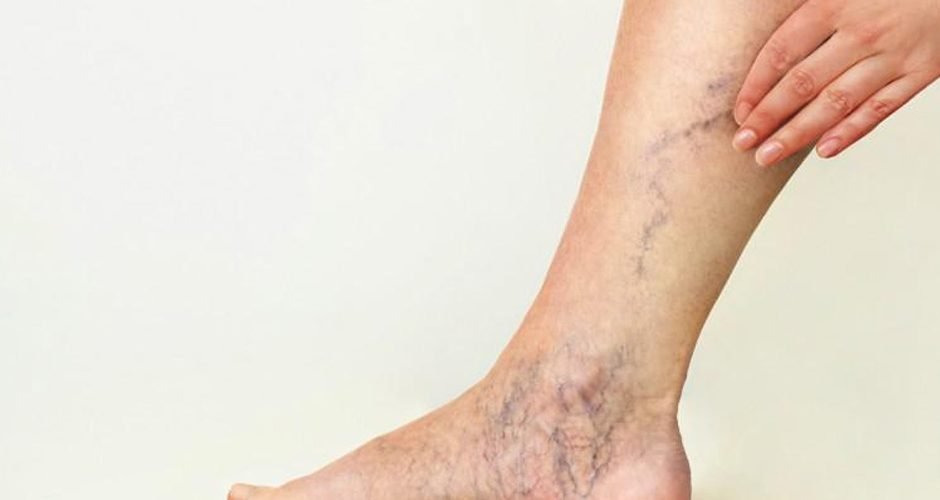Vascular disease can cause significant discomfort and affect your legs, making it harder to perform optimally or enjoy life. Some vascular ailments affecting the legs include peripheral artery disease, chronic venous insufficiency, and pelvic congestion syndrome.
To begin with, you can request a treatment appointment or learn about vascular disease of the legs by visiting the Center for Vascular Medicine’s site. The facility also offers various venous and arterial procedures to help patients win the fight against vascular ailments. That aside, this post discusses the different treatment options available for leg-related vascular diseases. Here’s the crux of it:
1. Lifestyle Changes
Unsurprisingly, most ailments necessitate some modification of a patient’s lifestyle to achieve the desired results. Thus, vascular disease of the legs calls for changes such as:
- Eating healthy meals – diet is vital to managing vascular ailments as it helps maintain healthy blood sugar levels and weight.
- Increasing physical activity – regular exercise improves circulation in the legs by strengthening various muscles, which in turn helps direct blood towards the heart. However, this doesn’t imply engaging in rigorous exercise. Instead, short sessions of physical activity could do the trick. For instance, if your work involves sitting for lengthy durations, include short hourly breaks for walking and stretching.
- Quitting smoking – this reduces the risk of clotting and other complications. For some patients, it’s challenging to give up smoking. Talk to your medical provider about available assistance. For instance, they may recommend nicotine patches or gum to ease the transition.
- Monitoring vital signs – patients should track their blood pressure, sugar levels, cholesterol, and triglycerides, as these tend to be higher in those with leg vascular disease.
2. Medical Therapy
Medication often helps manage or curtail the adverse effects of leg vascular ailments. For instance, a doctor may prescribe drugs such as anticoagulants to reduce clotting and limit inflammation. Alternatively, cholesterol-modifying medications may help reduce plaque buildup in the arteries.
Some patients may also need blood pressure medication to reduce the strain on their arteries. A doctor may also deploy a catheter-based procedure to open blocked arteries and enhance blood flow in the legs – depending on the severity of the patient’s condition.
3. Revascularization
Although it sounds like a mouthful, revascularization is simply a medical procedure to improve arterial blood flow by tackling plaque blockage. Basically, fatty plaque causes arteries in the legs to narrow. Consequently, this affects the amount of oxygen and nutrients reaching the tissues in the legs.
Doctors use either open surgery (details below) or minimally invasive treatments to clear blockages. Some of these procedures used include:
- Angioplasty – a doctor uses a balloon to widen a narrowed or blocked artery in your leg. This can improve blood flow and alleviate symptoms like leg pain or cramping. Since it’s a minimally invasive procedure, it’s carried out under local anesthesia and doesn’t require large incisions. Plus, the recovery time is generally shorter compared to more invasive treatments.
- Stenting – This involves the insertion of a small mesh tube (stent) into a blocked artery. The stent acts as a scaffold, helping keep the artery open and restore blood flow.
- Atherectomy – If plaque buildup is the primary issue, your doctors may opt for atherectomy. They use a device with an attached blade or laser to do the needful, clearing away blockages and allowing for an unhindered blood flow.
- Vein ablation – This is a minimally invasive procedure used to treat varicose veins. During the procedure, your doctor uses laser or radiofrequency energy to seal the vein shut. This redirects blood flow to healthier veins and may reduce symptoms such as pain and skin discoloration.
- Bypass – The idea is to reroute blood flow around a blockage in the artery. It involves taking a blood vessel from another part of your body or using an artificial graft and connecting it to the artery above and below the blockage. This helps bypass the obstruction, restoring blood flow.
- Surgery – Mostly, doctors only recommend surgery when all else fails. Put differently, vascular surgery is reserved for the most severe cases, and it’s not always a viable option. That being said, if a patient has an aneurysm or embolism, the doctor may have no option but to proceed with surgery. Some of the possible surgical procedures include thrombectomy – to remove blood clots – and amputation if the affected region is beyond repair.
Given the multitude of interventions available, there’s no reason patients should despair when faced with vascular disease. Consult your healthcare provider to find an appropriate treatment option if you’re grappling with the ailment. In so doing, you can manage or reverse leg vascular disease and reduce the risk of complications.





